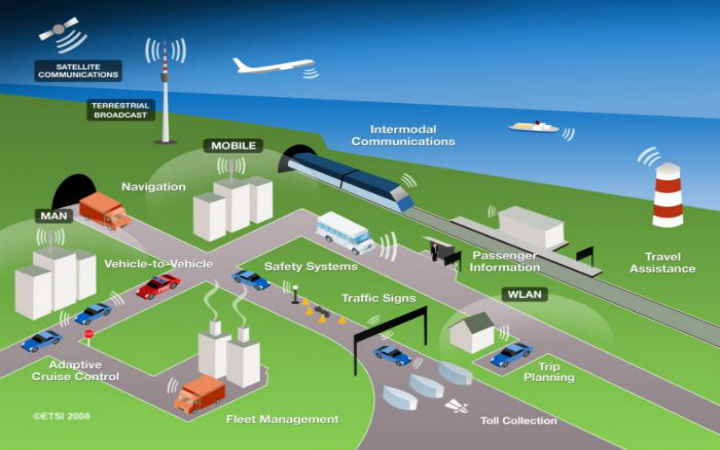Vanet projects in NS2 FOR STUDENTS.
Vanet projects in NS2 support us with necessary infrastructure to develop new systems in vehicular communication. Vanet is a form of mobile adhoc network. Vanet promotes safety for passengers and drivers. NS2 provide correct simulation results for vehicular network environment. Vanet projects in NS2 are being developed by our technicians successfully by applying current technologies in trend. Network simulator is used to implement in Vanet vehicular ad network projects that is followed by safety manager, toll collection, data transfer and roadside unit control. More than 80+ vanet projects in NS2 are been developed in our concern.
Modelling Vanet Projects in NS2 Simulation:
- Patterned mobility.
- On board sensors.
- Propagation model.
- Highly dynamic topology.
In vanet current research is carried out in implementation of multihop methodology for various routing purpose. Academic students and PhD research work are carried out by our technical engineers successfully by following current technologies.
Simulation time: The time taken to simulate project in a network is simulation time. In seconds, the time taken for simulation is measured.

Vanet Projects in NS2:
Throughput: The amount of data per unit, delivered from one vehicle to another is throughput by bits per unit or packets per unit, throughput can be measured. Delivery and data transmission can be done by communication link. Receiving and sending of packets can be performed by high throughput. Packet dropping in network is indicated in lesser throughput.
Average throughput: A network which is calculated by total throughput occurred in a network is average throughput. By time interval length average throughput is measured. Bits per unit TIL or packet per unit TIL measurement system of throughput is provided.
Packet size: The data amount that is composed within a packet is packet size. The parameter that plays a vital role in network is packet size. Byte is the term used to measure packet size. Packet loss could be varied on basis of packet size throughput.
Packet drop: The number of packets dropped in network before reaching the destination is packet drop. In case of congestion, packet drop occur.
End to end delay: A parameter used in vehicular network is end to end delay. In packet transmission, overall delay could be given. Application agent could be calculated, destination node and both source are used. Small latency in vehicular network is required in end to end delay to provide quick message.
Challenges faced in vanet projects in ns2:
Business challenges: The main aim in vanet is to create a fresh and new market. Special and proper advertisement is required to understand all potential of vanet.
Technical challenges: For transport use, vanet do not posses a specific protocol. By means of changes, new protocols must be designed. Both rural and urban atmosphere, vanet must work in low & high vehicle density. From current used protocols in adhoc network the transport layer protocols in vanet is enhanced.
Vanet simulation challenges: Large number of node is required in simulation of vanet when compared to mobile adhoc network.
Obstacles: During transmission many obstacles are involved. Signal distortion and disturbance occurs when wireless signals passing by mountains or buildings.
Accurate topology map: Various speed limitations and densities are managed is street topologies. For the purpose of simulation environment accurate topology must be added to vanet.
Vehicle characteristics: Representation of characteristics must be accurate in vanet simulation, especially in real environment category of vehicle. E.g.: speed of bus, truck and car.
Future work:
VANETs future work will be such as the route diversim, electronic toll collection, checking as toward the parking space availability in the metro Politian cities or in some geo graphical locations as well as the VANET can successfully provide no traffic path to the ambulances.
We provide such VANET projects in ns2 to the students with a deep dedication as toward. We also verify IEEE/ACM/Springer/Science direct/Elesvier like journals for the sake of the research scholars as well as for the sake of the students pertaining to MS/M.TECH/M.E/B.TECH/B.E courses. We never do fail in the wake of perfection while we are toward such academic projects.

